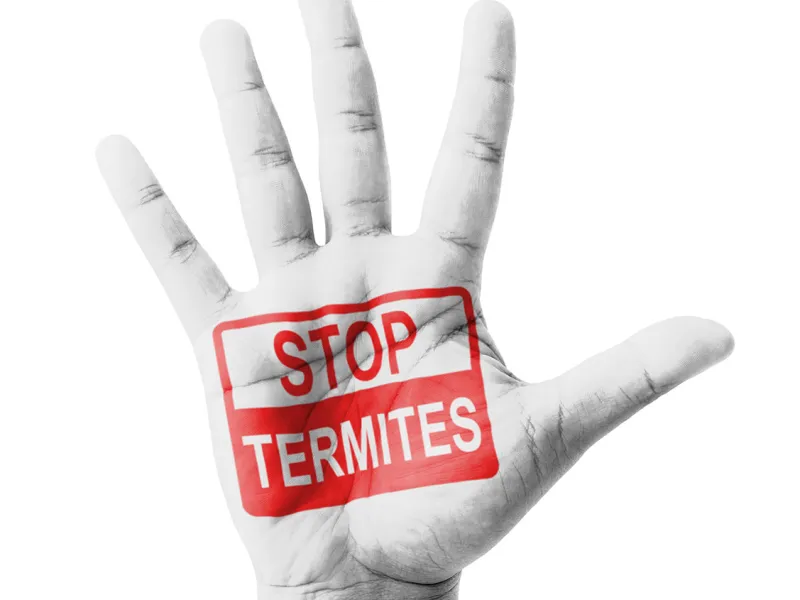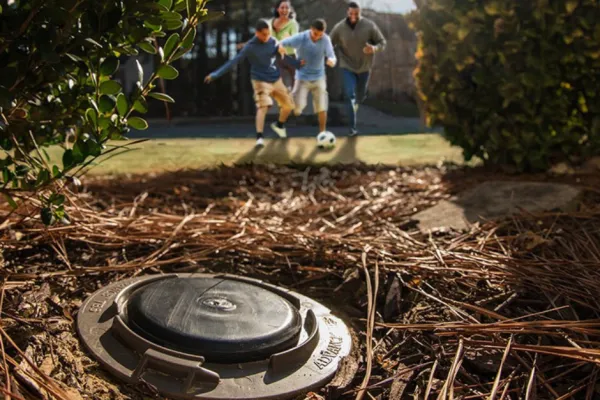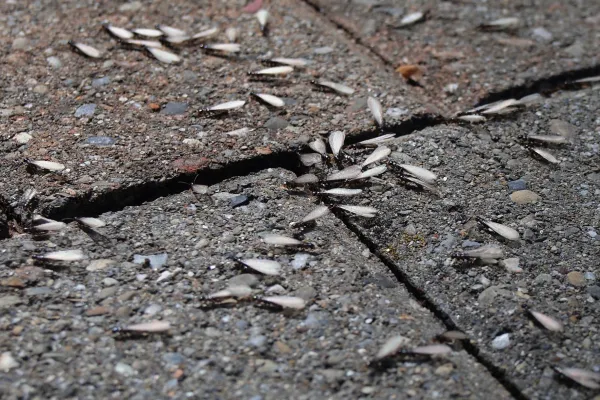How To Spot Termite Damage

Are you concerned about whether your home may have severe termite damage? From creating blisters in the drywall to consuming the framing of a home, subterranean termites continue to pose a significant threat for many homeowners across the US, particularly in the southeast.
Because termites are often able to infiltrate spaces without being detected, the structure of your home could be compromised, costing thousands of dollars in repairs.
Before moving into your dream house, review these helpful tips from your local exterminators on how to spot potential termite damage and always get the structure inspected by a well-trained and experienced exterminator.

Evidence of Termite Infestation
To identify termites in your home, first, review the early stages of activity. Early signs of infestation can include:
- Stained or bubbly drywall
- Small holes in wood
- Soft areas in wood
- Swarmer wings around windows or in the attic
- Hollow galleries in the floorboards or framing of the house
Wooden structures can host termites in places with high levels of moisture, making it easy for colonies to become established and grow.
If the termite infestation has dwelled within the home for more than a year, you may begin to see more vivid signs of an infestation, which can include:
- Mud tubes climbing the outside walls and inside the foundation of the home: These brown cylindrical tunnels made of soil, feces, and saliva serve as a safe transportation system from the nest to wooden objects they consume. Their secure tubes stay damp and warm, creating an environment in your home in which termites can thrive.
- Termite wings in the attic or around windows: Piles of discarded wings may be an indication that a large termite infestation is nearby.
- Signs that resemble water damage: Bulges on ceilings, visible galleries along the walls, and a scent of mold or mildew in the home may indicate a termite infestation.
Subterranean Termites vs. Drywood Termites
There are two types of termites with very different signs of habitation inside and outside of the home.
Subterranean Termites
Subterranean termites construct their colonies in damp, underground areas and gain access to food aboveground by traveling through foundation cracks and mud tube tunnels.
Some common signs of a Subterranean termite infestation are buckling wood, tunnels, stains on sheetrock, and swollen ceilings and floors.
During the summer, the Formosan subterranean termite is the most aggressive species in the Lowcountry and produces swarmers that fly out of active colonies by the thousands. Formosan swarmers can infest a home by flying in, if they find an above-ground moisture source.
Drywood Termites
Unlike Subterranean termites, Drywood termites nest inside the wooden structures that they consume. As the name suggests, they do not need moisture to survive.
Visible signs of drywood termites include veneer cracks and hollow galleries on pieces of furniture and wood.
These termites also produce mounds of fecal droppings (pellets) from eating the wood, which is a prime indication that a potential infestation is in the area.
Termite Protection
With over 50 years of quality pest control experience, Palmetto Exterminators offers treatment programs that are innovative, effective and economical. We assist homeowners in achieving or preserving a termite-free household by using the best products on the market and exceeding all applicable regulatory requirements. We have the most effective termite control program in the market.
Don’t let termites ruin your dream home; contact Palmetto Exterminators today and schedule a free inspection with our highly trained and experienced pest control specialists.


